Marigolds are a popular annual for borders, hanging arrangements, gardens and pots. Once planted, there are certain steps you can take to ensure that your marigolds grow to be the most vibrant they can be.
We put together an outline of some important things to consider for your marigold care.
About marigolds
Marigolds are known for their bright blossoms of blooms, ease of care through the summer and even their practical use, including insect-repelling odors and edible flowers.
Marigolds come in a variety of colors, with some of the popular ones being bright orange, yellow and an orange/yellow mix.
The proper marigold care is important for the best growth of your plants. Let’s start with marigold’s sunlight requirements.
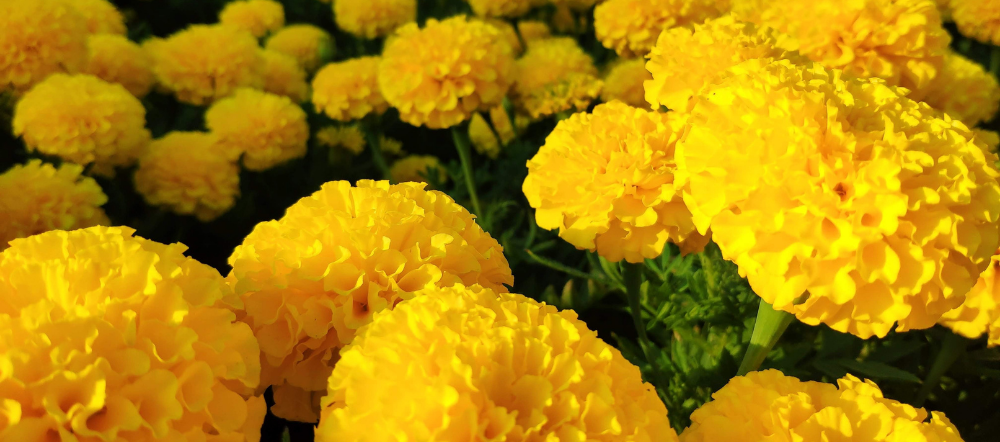
Sunlight requirement
First, you’ll want to make sure your marigolds are able to get plenty of sunlight. Most varieties will need at least 6 hours of sunlight a day in order to maintain strong green stems and vibrant blooms.
A sign that your plant may not be getting as much sun as it should is if the plant stops blooming or the color of the plant’s leaves become dull.
Marigold temperature needs
Due to their heat tolerance, marigolds are a favorite in southern states (growing zones 8, 9, 10), but they can also be grown in northern states in the United States. In PA’s growing zones (where we grow our plants), marigolds grow great.
The more north you are, the shorter your marigolds’ growing season may be, but typically their quick germination and maturing help the plant become a great display even with a shorter growing season.
For example, marigolds grow great in our Pennsylvania climate, often lasting all summer long into the fall until the first frost hits.
Marigolds’ temperature needs will vary according to whatever stage of growing the plant is in.
Like many annuals, marigolds shouldn’t be planted outside in your area before the average final frost date.
The exact time depends on your location — for Central PA, waiting until after Mother’s Day is a safe bet. This goes for planting plugs or seeds into the soil outside.
If you are planting the marigolds into pots or other containers, you may be able to get away with planting them outside earlier, but you’ll likely want to bring the plants inside over colder spring nights.
Seeds that are planted in the soil safely (assuming you wait until after the last frost) can germinate and being to sprout within a few weeks!
By the time marigolds are fully grown and mature you likely won’t have to worry about the cold affecting your plants. During the summer months, marigolds tend to withstand the heat well.
As long as you continue to water and fertilize the plants through the summer, marigolds will tolerate a lot of heat.
If you are having an extreme heatwave you may notice that your marigolds lose their flowers or just don’t produce as much. This is normal. Continue to water and care for the plant and it will come out of the heatwave stronger than ever and will eventually begin blooming again.
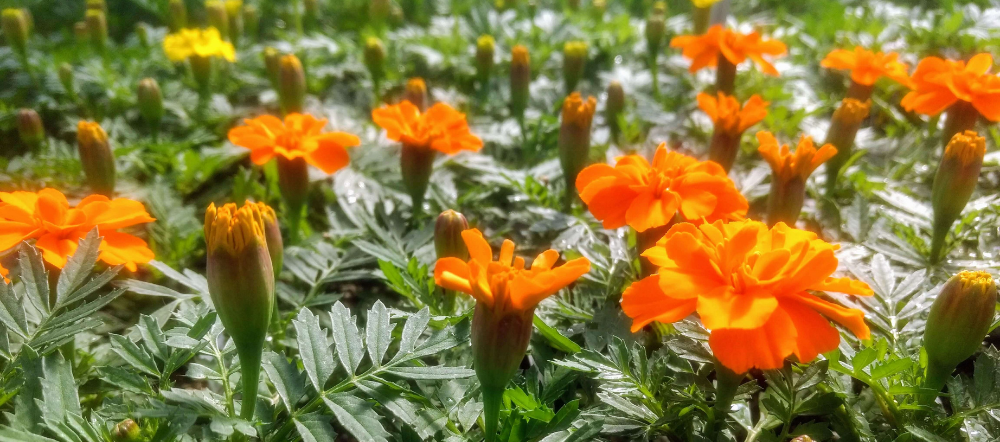
Marigold care: height and spread of plants
Marigolds grow to different heights and widths depending on the cultivar (the marigold variety). Typically, each plant’s height ranges from 6″ all the way up to 2 feet! You’ll want to plant marigolds 6″-20″ apart from each other, depending on how much you want them to grow into each other.
Given the different varieties, here’s a look at some of the heights and spreads of marigolds that we carry have:
- Bonanza Yellow marigolds: Up to a foot tall, with a spread of about 8 inches
- Super Hero™ Spry marigolds: Grows 10-12 inches tall and wide
- Bonanza Orange marigolds: Grows 10-12 inches tall and spreads 6-10 inches wide
Marigolds’ height, spread, and even bloom size will vary a good bit according to their variety. Make sure to check the plant’s tag for specific instructions on how to care for your marigold.
Soil type for the best marigold care
Like most annuals, marigolds will need well-drained soil. Root rot is always a probable disease in most areas when planting marigolds in soil that doesn’t drain well.
Well-drained soil usually means that the soil is properly aerated as well. This provides the plant’s root system with plenty of oxygen and promotes nutrients for the plant to feed off of.
Marigold fertilizer needs
Plant marigolds in fertile soil that has plenty of organic matter, if possible.
If you haven’t prepared any soil or are planting the flowers in potting soil, make sure you fertilize the plant throughout the summer. Slow-release fertilizer can also be planted with the soil to help with providing the plant with some nutrients.
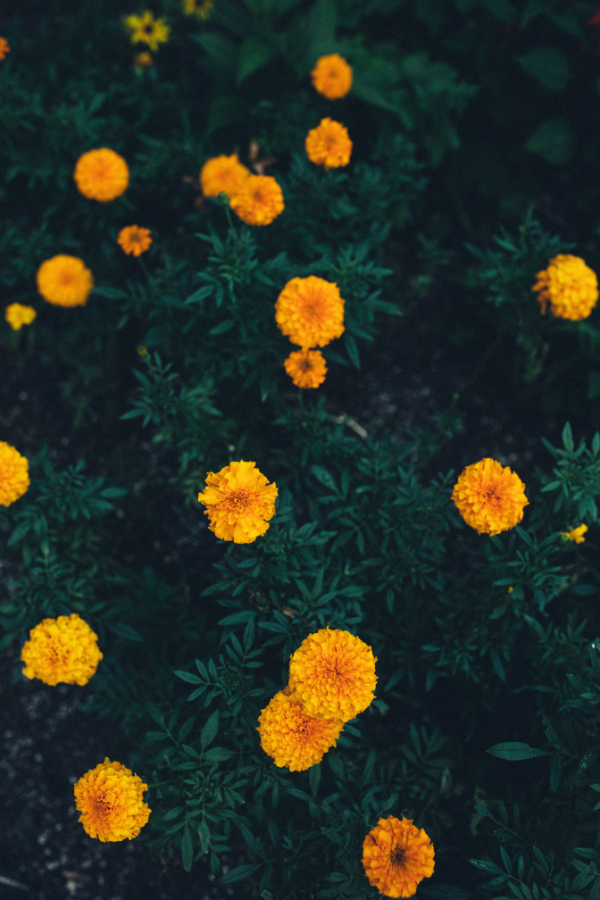
Disease and pest control
The diseases that a marigold is prone to will vary greatly depending on how it’s cared for, where it’s planted, and the climate and weather of the season.
Root rot, a disease that different fungi can cause, may cause your marigold to wilt or shrivel up. The plant may be more prone to this disease if its over-watered or if its planted in soil that doesn’t drain well.
Other diseases, such as ones that may be more specific to your state, can stunt the growth or even kill marigolds. Here’s a guide to some diseases for marigolds grown in Pennsylvania.
Marigold care: pruning marigolds
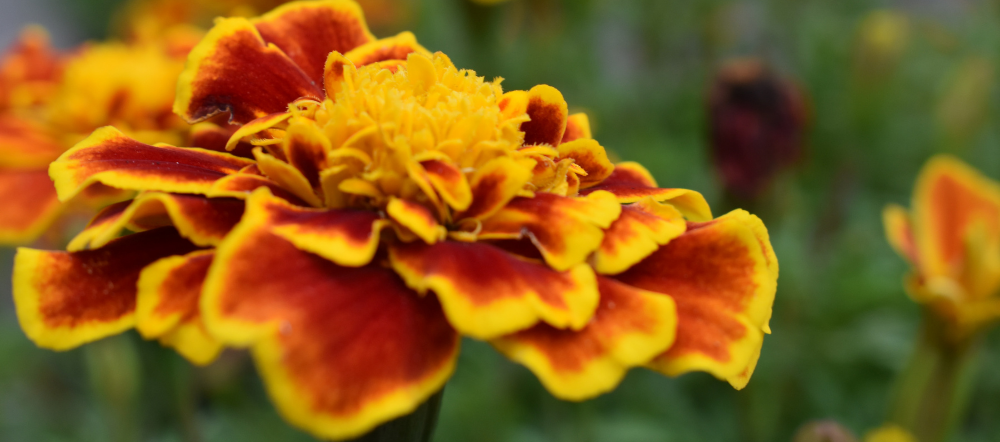
Marigolds don’t require a lot of pruning — left to themselves they will grow to be bushy and vibrant, as long as they are properly cared for.
Cutting back a marigold plant can promote new growth and oftentimes will result in a healthier plant. If the plants’ blooming is slowing down, pinching off spent blooms can also encourage the plant to grow more vibrant blooms. As with most annuals, cutting back the plant a few times throughout the summer will make for a healthy plant.
Propagation of marigolds
Marigold plants will germinate and sprout comparably quicker than some annuals, so starting from seed may be a simpler option than propagating from a parent plant.
If, however, you are wanting to propagate marigolds, you can do that by cutting a branch or stem off of your mother plant and stripping the leaves off the bottom of the plant. Then, placing the marigold in water or moist soil and keeping it out of direct light, the branch should begin to plant its own roots.
In some cases, a rooting hormone powder can be used to dip the branches in when planting them in soil. This may not always be necessary to propagate your marigold plant.
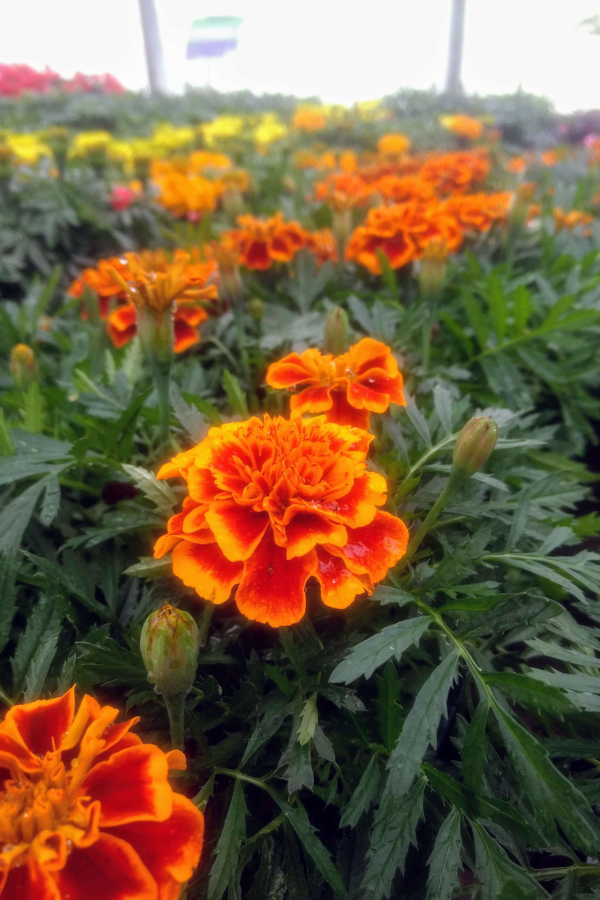
Marigold care conclusion
Marigolds are a great, easy-care annual that can be grown in many growing zones across the United States.
Marigolds won’t let you down. They have beautiful blooms, an insect-repellent smell (these are great to plant in your vegetable garden), and a vibrant plant to grow all summer long.

